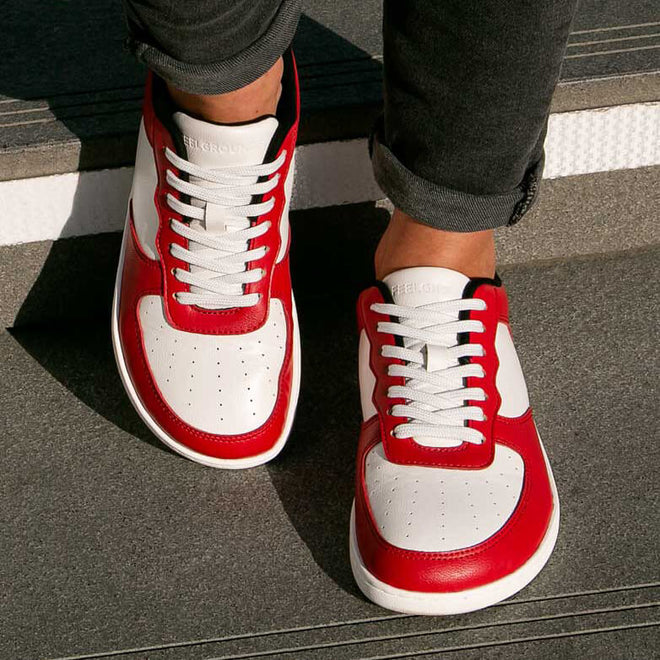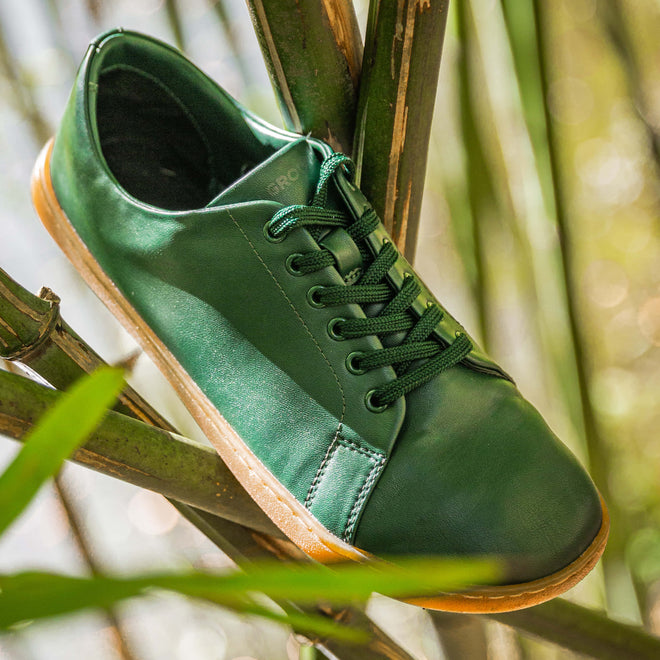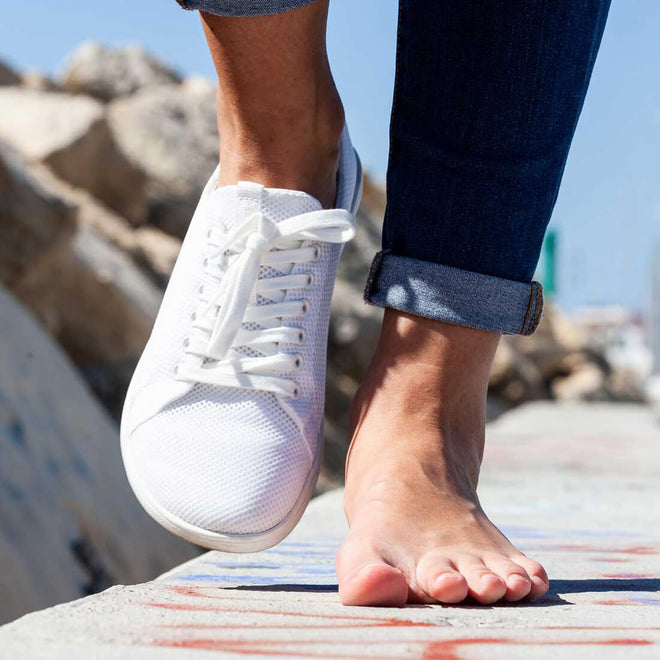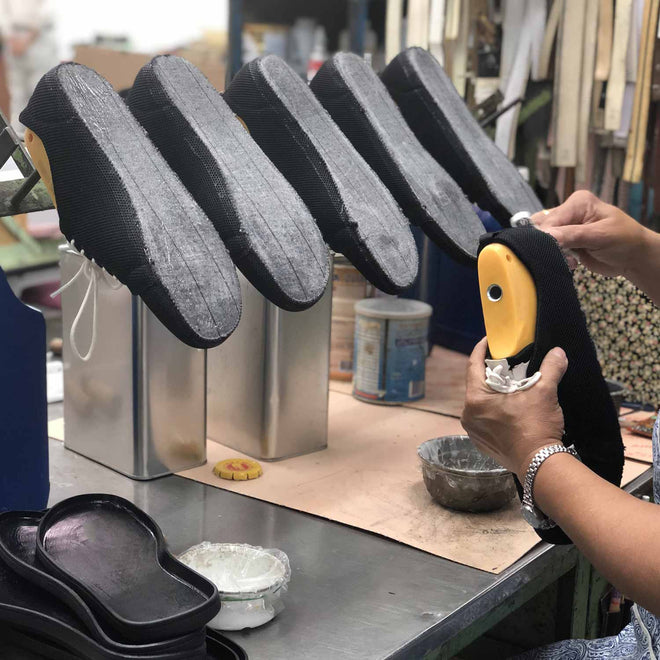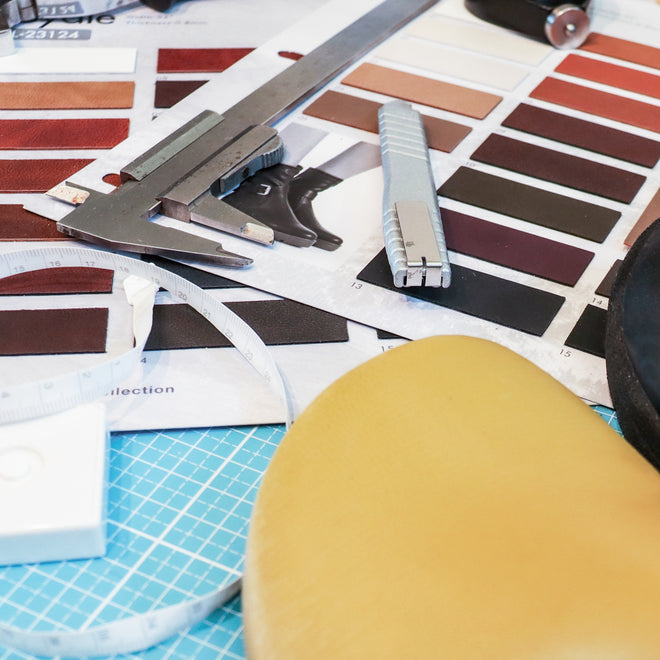What are barefoot shoes?
Barefoot shoes, also known as minimalist shoes, are footwear that allows your feet to move naturally. They give you the feeling of walking barefoot while still protecting your feet from injuries and dirt.
At Feelgrounds, we have made it our mission to develop shoes that allow you to walk as naturally as possible while still looking stylish.
What are the benefits of barefoot shoes?
Conventional shoes are typically unnaturally pointy towards the toes and have a thick, stiff sole with a raised heel. Wearing such shoes on a day-to-day basis can lead to health problems.
For many people, barefoot shoes provide relief and long-term improvement for existing problems such as knee pain, back pain, or hallux valgus.
Those who strengthen their feet through training and wearing barefoot shoes (or going barefoot) can improve their posture and prevent pain and injuries.
Listen to your body without sacrificing your style.
Toe freedom
Enough space due to a naturally shaped shoe
Ordinary footwear can compress and deform the toes, which can lead to pain and conditions such as hallux valgus or claw toes.
A shoe with an anatomically correct toe box provides enough space for your toes to spread. This allows your toes to perform their function and stabilize the entire body.
“Zero-drop”
Flat sole (zero-drop) for a natural and upright posture
Shoes with a raised heel change your posture by shifting your body weight forward. In the long run, this can lead to back or postural damage, chronic shortening of the calf structures, and restricted ankle mobility.
When worn permanently, an artificially pre-formed foot bed with arch support takes away the feet's ability to support themselves. This is similar to how a cast or brace on other body parts is only useful as a short-term solution, since they’re simultaneously weakening the muscles in those areas when being worn.
A shoe that places the heel and forefoot at the same level results in a more natural posture and better alignment of the body.
This, combined with strengthened foot muscles, can be the key solution to foot pain, knee pain, hip pain, or back pain.
And you’ll forget that you're even wearing shoes.
Thin, light, flexible
Feels like walking barefoot
Shoes with thick, stiff soles limit the natural movement of the foot and the sensory feedback from the ground. This can lead to poorer balance and higher risk of injury.
Furthermore, walking or standing in heavy, inflexible shoes can cause fatigue, muscle tension, and pain.
Barefoot shoes with a thin and flexible sole allow you to feel the ground under your feet and adjust your movements accordingly. This ground feedback reduces the risk of twisting your ankle, among other things.
The flexibility of a shoe is crucial for a natural walking pattern, allowing your foot to bend, flex, and balance. A minimalist shoe is light as a feather and therefore feels almost like not wearing anything on your feet.
